Nestled amidst the futuristic skyline of Dubai, the Burj Khalifa epitomizes the pinnacle of architectural excellence and stands as a beacon of the potential of modern engineering. Known globally for its breathtaking height at 829.8 meters (2,722 feet), questions regarding Burj Khalifa stability are natural, but each facet of its construction and design sheds light on its unwavering resilience against the forces of nature.
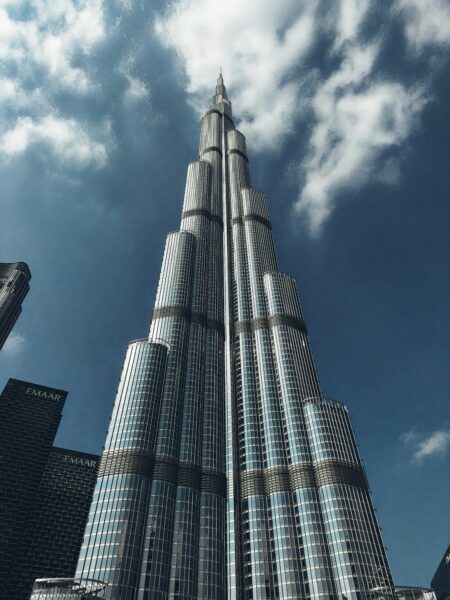
Among the many secrets to the skyscraper's remarkable stability is its pioneering Buttressed Core structural system. Devised by the visionary structural engineer Bill Baker, this concept integrates a hexagonal core coupled with three wings. The design mimics a tripod, dispersing the building’s weight efficiently and counteracting perilous high winds, a common threat to towering structures. This innovative engineering feature contributes significantly to its stability.
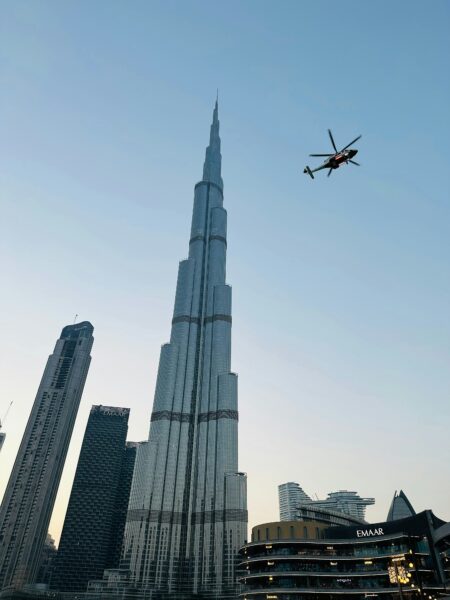
Foundations are the cornerstone of any edifice, and the Burj Khalifa is no exception. It rests upon an awe-inspiring foundation composed of over 45,000 cubic meters of concrete and 192 steel and concrete piles, reaching more than 50 meters into the earth. This formidable base underpins the building’s approximate weight of 450,000 tonnes, mitigating risks like subsidence and tilt.
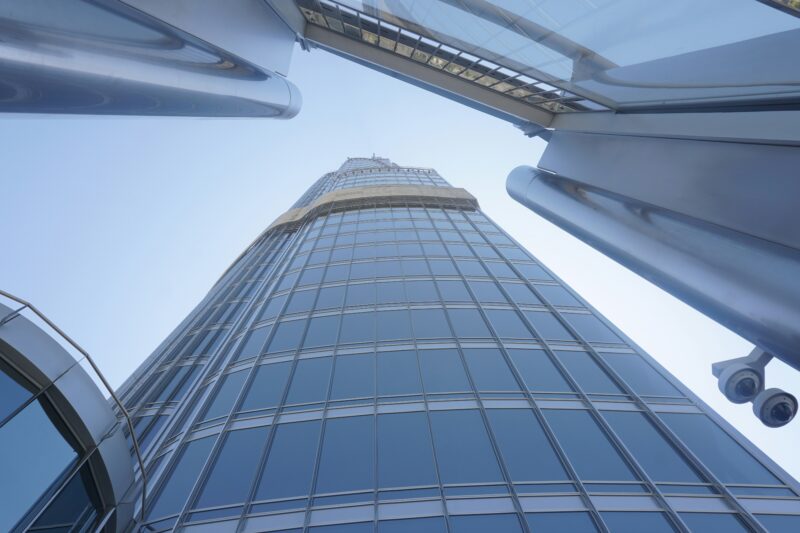
Rising to such heights is no ordinary feat. During construction, advanced technologies like the world’s largest concrete pumps were employed, delivering concrete to vertiginous altitudes effortlessly. Furthermore, progressive use of lighter steel on upper floors reduced the structural burden on lower segments, showcasing efficiency and innovation.
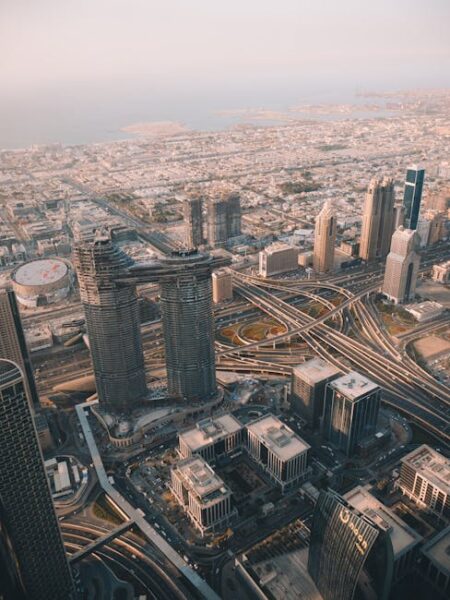
Given its stature and location, one might ponder, "Did Burj Khalifa catch fire?" While fire safety is indeed crucial, the building’s aerodynamic shape plays a pivotal role in its stability. A spiral pattern of setbacks along its height adeptly channels winds, reducing cross-sectional area, vibrations, and potential vortex shedding. These elements play an important part in the design making it earthquake-resistant and robust against external forces.
In emergencies, such as fires or other critical incidents, safety becomes paramount. The Burj Khalifa integrates pressurized and air-conditioned refuge areas every 25 floors for secure evacuation. Compartmentalized safety floors every 13 levels further enhance internal safety against disasters.
High-performance materials contribute vastly to the building’s formidable resilience. A tailored concrete mix withstands its colossal weight and the desert's scorching heat. The polished glass facade not only glistens under sunlight but elevates thermal efficiency and longevity.
Before construction commenced, exhaustive geological analyses affirmed the ground’s capability to support such mammoth weight, affirming the tower's seismic robustness in an active zone. The seamless integration of cutting-edge cooling systems and the world’s fastest elevators further demonstrate a holistic embrace of technological advancements for operational precision.
As we ponder, "When will Burj Khalifa be demolished?" it becomes apparent that its enduring presence is not merely due to its height. Instead, it is a testament to an array of robust engineering, strategic material usage, and an unwavering commitment to architectural safety and innovation. The Burj Khalifa is poised to remain a monumental icon of engineering excellence for many generations to come, continuously inspiring future architectural feats around the globe.
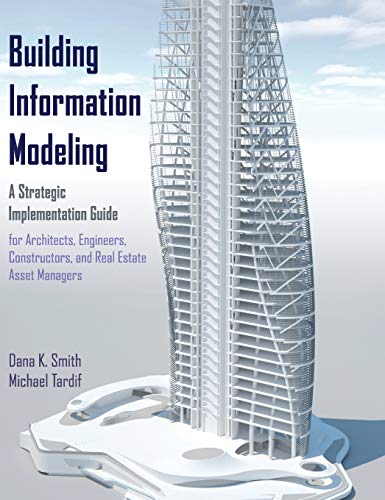
The steadfast stature of the Burj Khalifa is underpinned by advanced technological innovations, much like those explored in "Building Information Modeling Implementation" by Dana K. Smith and Michael Tardif. This resource is invaluable for understanding how Building Information Modeling (BIM) supports the creation of structures that refuse to yield to the forces of nature. BIM's detailed digital representations ensure precision and resilience in construction—a testament to why giants like the Burj Khalifa won't fall. The cover image, exemplifying high-rise ingenuity, underscores the book's relevance to architectural stability.

Marveling at the stoic Burj Khalifa, one may wonder about the structural secrets behind its resilience. The Thames & Kosmos Structural Engineering Skyscrapers Kit not only sheds light on such mysteries but also provides a hands-on learning experience. Through assembling models and conducting experiments, it teaches the science and engineering that prevent buildings like the Burj Khalifa from falling. Educational and fun, this kit engenders an intuitive understanding of skyscraper construction that is at once engaging and insightful, equipping young minds with the knowledge to decipher the complexities of real-world architectural marvels. Delve into the basics of structural integrity with this enlightening engineering kit.
As we delve into the marvels of the Burj Khalifa's structure, it's truly fascinating to imagine the future of urban landscapes around the globe. Whether you're an architecture enthusiast or simply curious about engineering feats that defy gravity, there's always more to explore. If you'd like to continue this journey with us and learn more about architectural wonders, you can follow our adventures on Instagram for stunning visuals or check out our Pinterest for more design inspiration. We also share the latest updates and intriguing stories on X and invite you to join the conversation on Facebook. We'd love to hear your thoughts and keep you inspired by the captivating world of architecture!
The stability of the Burj Khalifa relies on its unique hexagonal core. This reinforced concrete (RCC) core provides essential support, allowing the skyscraper to remain upright even during Dubai's severe wind storms. It also ensures that the structure's weight is evenly distributed.
The Burj Khalifa, an iconic 163-story skyscraper, is engineered to be resistant to earthquakes of up to magnitude 7. Its advanced structural systems enable it to endure such seismic events while maintaining its integrity.
If an individual were to fall from the top of the Burj Khalifa, they would reach terminal velocity after approximately 450 meters (1,500 feet). They would then have another 378 meters (1,240 feet) to fall at this constant speed before hitting the ground, taking roughly 12 seconds in total.
1. One major challenge for the Burj Khalifa is enduring Dubai's intense summer heat, which can exceed 50 degrees Celsius. 2. Additionally, the hot climate causes heavy condensation, resulting in approximately 15 million gallons of water being removed annually from the building.
